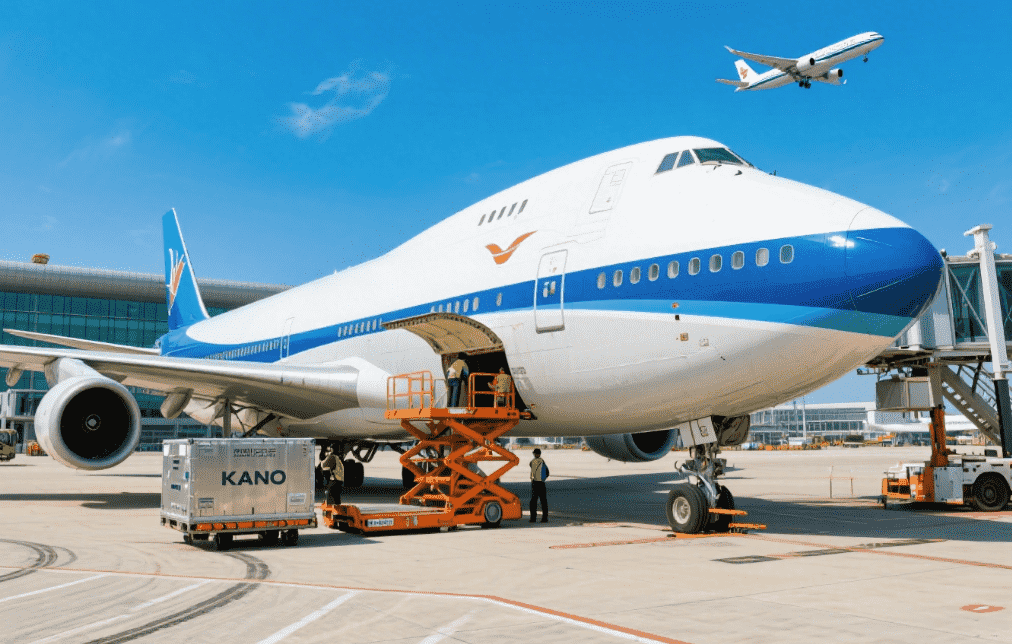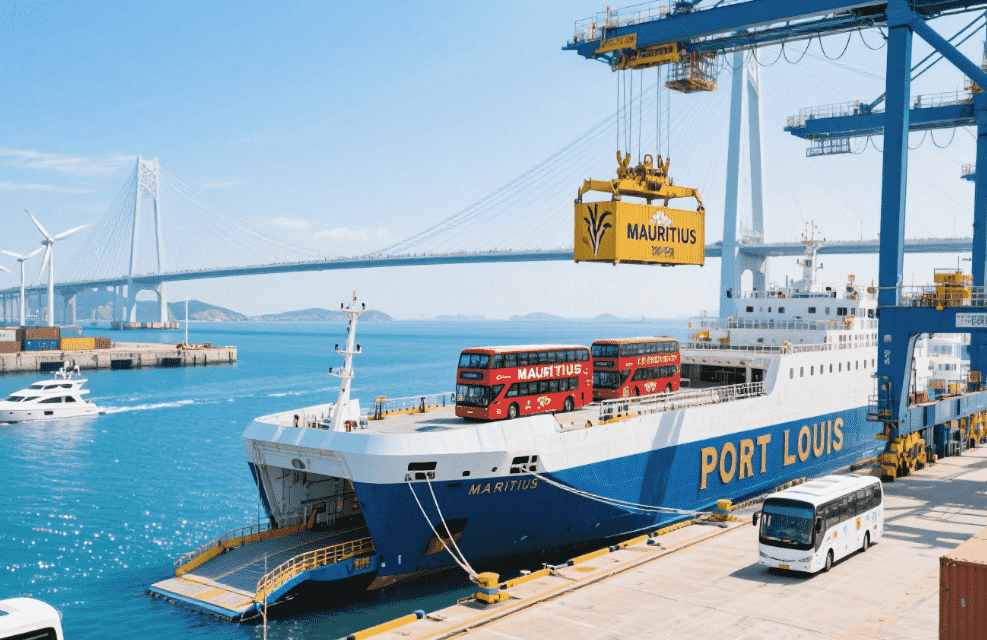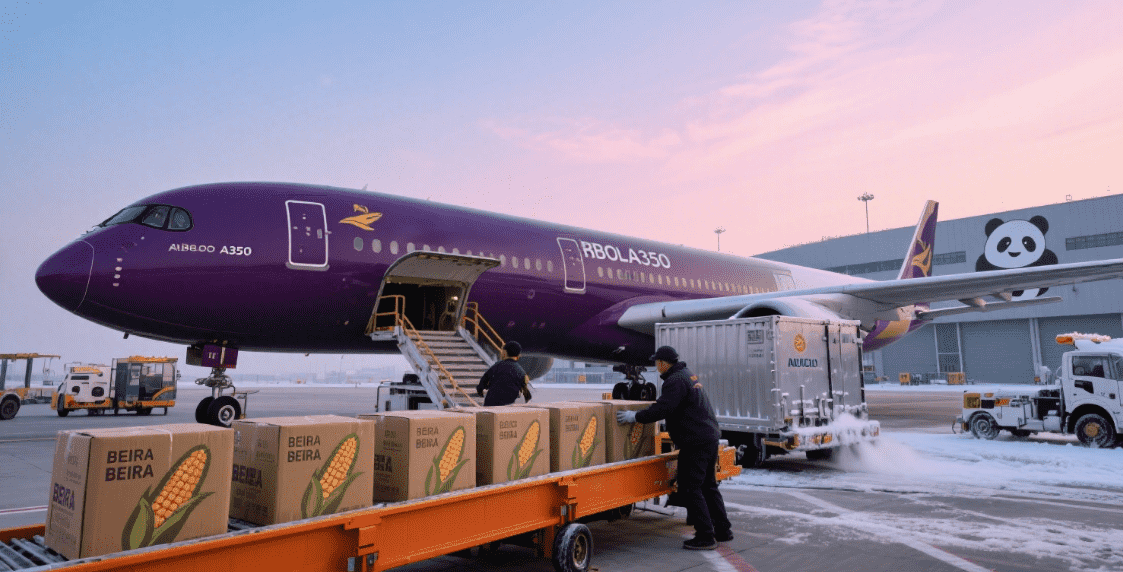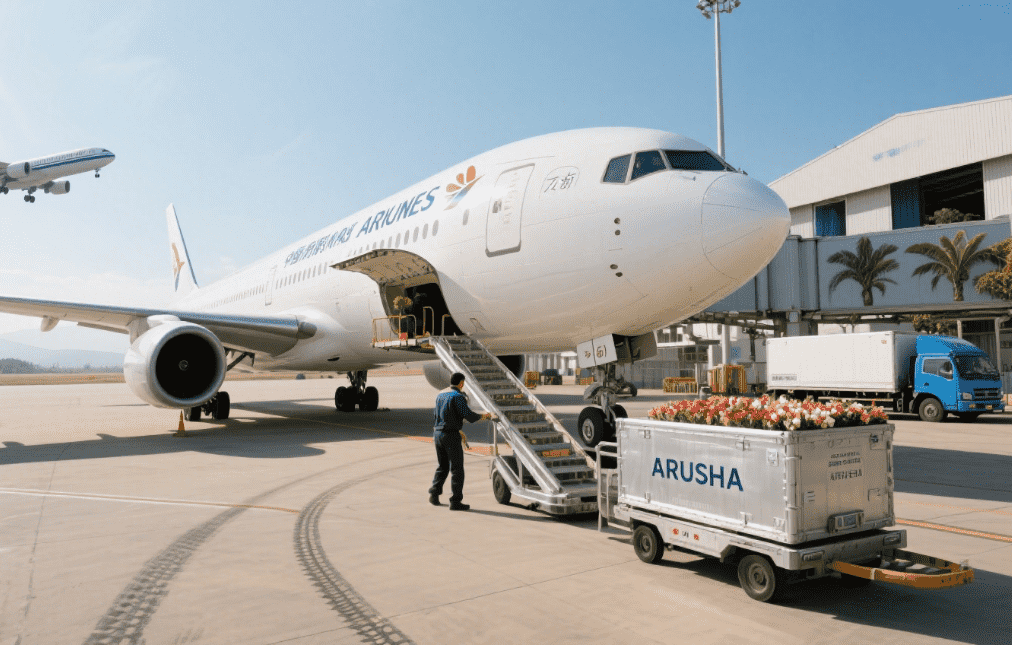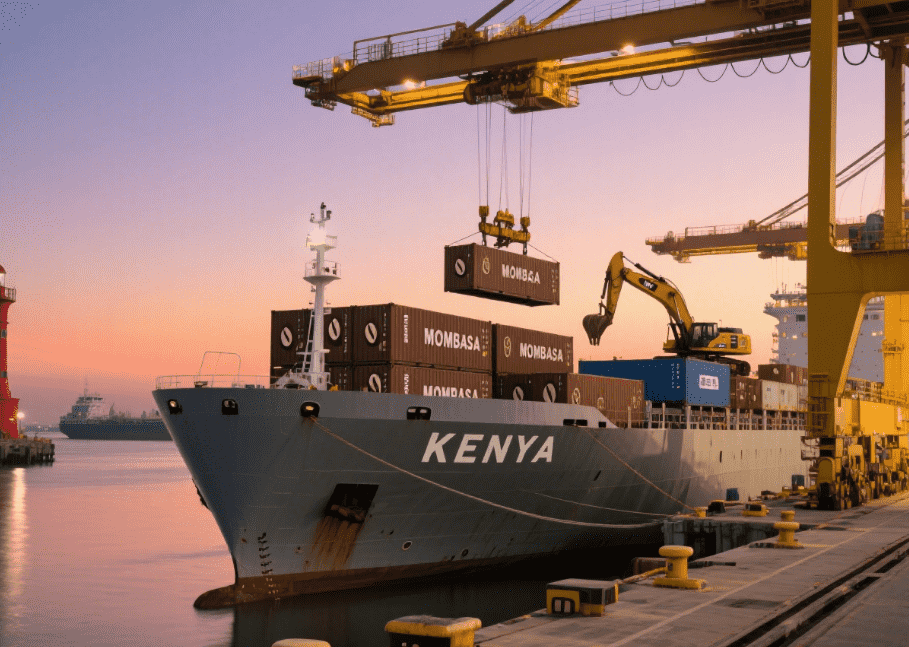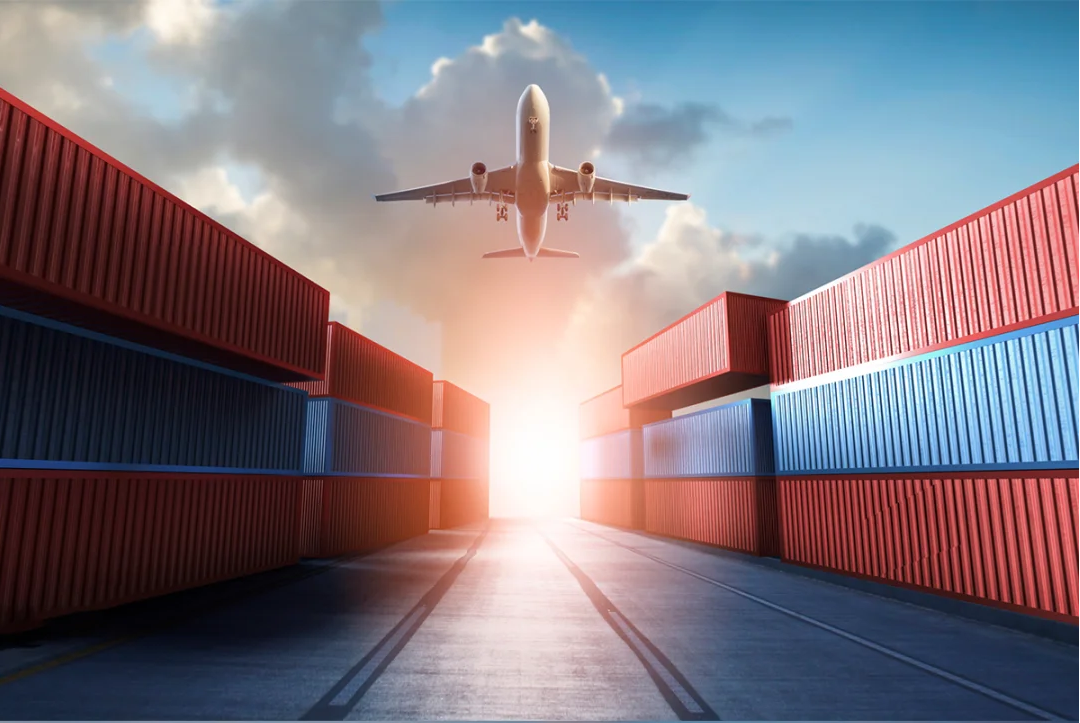
In today’s globalized economy, speed and reliability in international logistics are paramount. For businesses exporting goods from China to the USA, selecting the fastest shipping method is not just about reducing transit time—it’s about gaining a competitive edge, meeting customer expectations, and optimizing supply chain efficiency. However, with multiple transportation modes, carrier options, and regulatory hurdles, determining the optimal solution requires expertise. As a leading cargo agent specializing in logistics solutions from China to the USA, this guide will dissect the fastest shipping options, compare their pros and cons, and provide actionable insights to help you make informed decisions.
1. Understanding the Core Shipping Methods
The journey from China to the USA spans over 7,000 miles, necessitating efficient transportation networks. The primary freight service options include air freight, express courier, and expedited sea freight. Each has distinct advantages depending on your cargo type, budget, and urgency.
1.1 Air Freight: The Gold Standard for Speed
Air freight remains the undisputed leader in fastest shipping from China to USA, with transit times as short as 3–5 business days for major gateways like Los Angeles or New York. This method is ideal for high-value, time-sensitive, or perishable goods such as electronics, pharmaceuticals, or fashion apparel.
Key Benefits:
- Unmatched Speed: Direct flights minimize handling and delays.
- Reliability: Airlines operate on fixed schedules, reducing uncertainty.
- Global Reach: Major carriers like Cathay Pacific, China Airlines, and FedEx Express offer daily flights to U.S. hubs.
Considerations:
- Cost: Air freight is 4–5 times more expensive than sea freight.
- Weight/Volume Limits: Bulky or oversized cargo may incur additional fees.
- Customs Delays: Even air shipments require documentation checks, which can add 1–2 days.
Pro Tip: Partner with a cargo agent who can negotiate competitive rates and secure space during peak seasons (e.g., holiday shopping rushes).
1.2 Express Courier Services: Door-to-Door Urgency
For small parcels or samples, express couriers like DHL, FedEx, and UPS provide end-to-end logistics solutions with transit times of 2–3 business days. These services include customs clearance, delivery tracking, and insurance, making them hassle-free for businesses needing rapid turnaround.
Key Benefits:
- Convenience: Single-point contact for pickup, shipping, and delivery.
- Transparency: Real-time tracking updates via carrier portals.
- Scalability: Suitable for both B2B and B2C shipments.
Considerations:
- Size Restrictions: Typically limited to parcels under 150 kg.
- Cost: Premium pricing compared to standard air freight.
- Destination Surcharges: Remote areas may incur additional fees.
Case Study: A tech startup in Shenzhen used DHL Express to ship prototype devices to Silicon Valley in 48 hours, enabling them to secure venture funding ahead of competitors.
1.3 Expedited Sea Freight: Balancing Speed and Cost
While traditional sea freight takes 14–30 days, expedited services can reduce this to 8–12 days by prioritizing vessel schedules, faster port handling, and pre-cleared customs documentation. This option suits larger shipments where air freight is prohibitively expensive.
Key Benefits:
- Cost-Effectiveness: 60–70% cheaper than air freight for heavy cargo.
- Capacity: No weight or size limitations for standard containers.
- Eco-Friendly: Lower carbon footprint per unit compared to air freight.
Considerations:
- Slower Than Air: Not suitable for urgent orders.
- Port Congestion: Delays at U.S. ports (e.g., Los Angeles/Long Beach) can add unpredictability.
- Documentation Complexity: Requires meticulous preparation of bills of lading, certificates of origin, and import licenses.
Innovation Alert: Some logistics providers now offer sea-air combined services, where cargo flies from China to a transshipment hub (e.g., Dubai) and then ships to the USA, balancing speed and cost for mid-priority shipments.
2. Factors Influencing Shipping Speed
Beyond transportation mode, several variables impact total delivery time. A proficient cargo agent will optimize these elements to ensure seamless logistics solutions from China to the USA.
2.1 Origin and Destination Points
- China’s Export Hubs: Major ports like Shanghai, Shenzhen, and Ningbo offer frequent sailings and air connections, reducing waiting time.
- U.S. Entry Points: West Coast ports (Los Angeles, Seattle) are faster for air and sea freight, while East Coast ports (New York, Savannah) add 3–5 days for inland transit.
2.2 Customs Clearance Efficiency
U.S. Customs and Border Protection (CBP) requires detailed documentation, including:
- Commercial invoices
- Packing lists
- HTS codes (Harmonized System tariff classifications)
- FDA/EPA certifications (for regulated goods)
Delays often arise from incomplete paperwork or random inspections. A freight service provider with customs brokerage expertise can pre-submit documents and expedite clearance.
2.3 Carrier Reliability
Not all airlines or shipping lines are equal. Research carriers’ on-time performance records and contingency plans for disruptions (e.g., weather, labor strikes).
2.4 Seasonal Demand
Peak seasons (August–October for holiday inventory, January–February for Lunar New Year backlogs) strain capacity. Booking 4–6 weeks in advance is advisable.
3. How to Choose the Right Freight Service Provider
Selecting a partner for your China-USA shipments requires evaluating their capabilities in speed, cost, and compliance. Here’s what to prioritize:
3.1 Expertise in Cross-Border Regulations
A knowledgeable cargo agent will navigate trade agreements (e.g., USMCA), anti-dumping duties, and product-specific restrictions (e.g., lithium batteries, food items).
3.2 Network of Carriers and Partners
Providers with global alliances can secure preferential rates and space allocations, even during shortages.
3.3 Technology Integration
Look for platforms offering real-time tracking, automated documentation, and predictive analytics to anticipate delays.
3.4 Customer Support
24/7 multilingual teams are crucial for resolving issues across time zones.
Success Story: Winsail Logistics, a trusted name in international logistics solutions, helped an automotive parts manufacturer reduce shipping times by 30% through a customized air-sea hybrid strategy, cutting costs without sacrificing speed.
4. Future Trends in China-USA Shipping
The logistics industry is evolving rapidly, driven by technology and sustainability demands. Key trends include:
- Digital Freight Forwarding: AI-powered platforms optimize routing and pricing in real time.
- Green Logistics: Carriers are investing in biofuels and electric trucks to meet carbon neutrality goals.
- Nearshoring: Some companies are shifting production to Mexico or Canada to reduce reliance on long-haul freight services, though China remains dominant for cost-sensitive goods.
Conclusion: Speed Without Compromise
The fastest shipping from China to USA hinges on aligning your method with your business priorities—whether it’s same-day delivery for e-commerce or just-in-time manufacturing. By leveraging air freight for urgency, express couriers for small parcels, and expedited sea freight for bulk shipments, you can strike the right balance between cost and timeliness.
Partnering with a seasoned cargo agent like Winsail Logistics ensures access to expert advice, cutting-edge technology, and a global network of carriers. To explore tailored logistics solutions for your China-USA shipments, visit https://www.winsaillogistics.com and take the first step toward seamless, speedy global trade.


